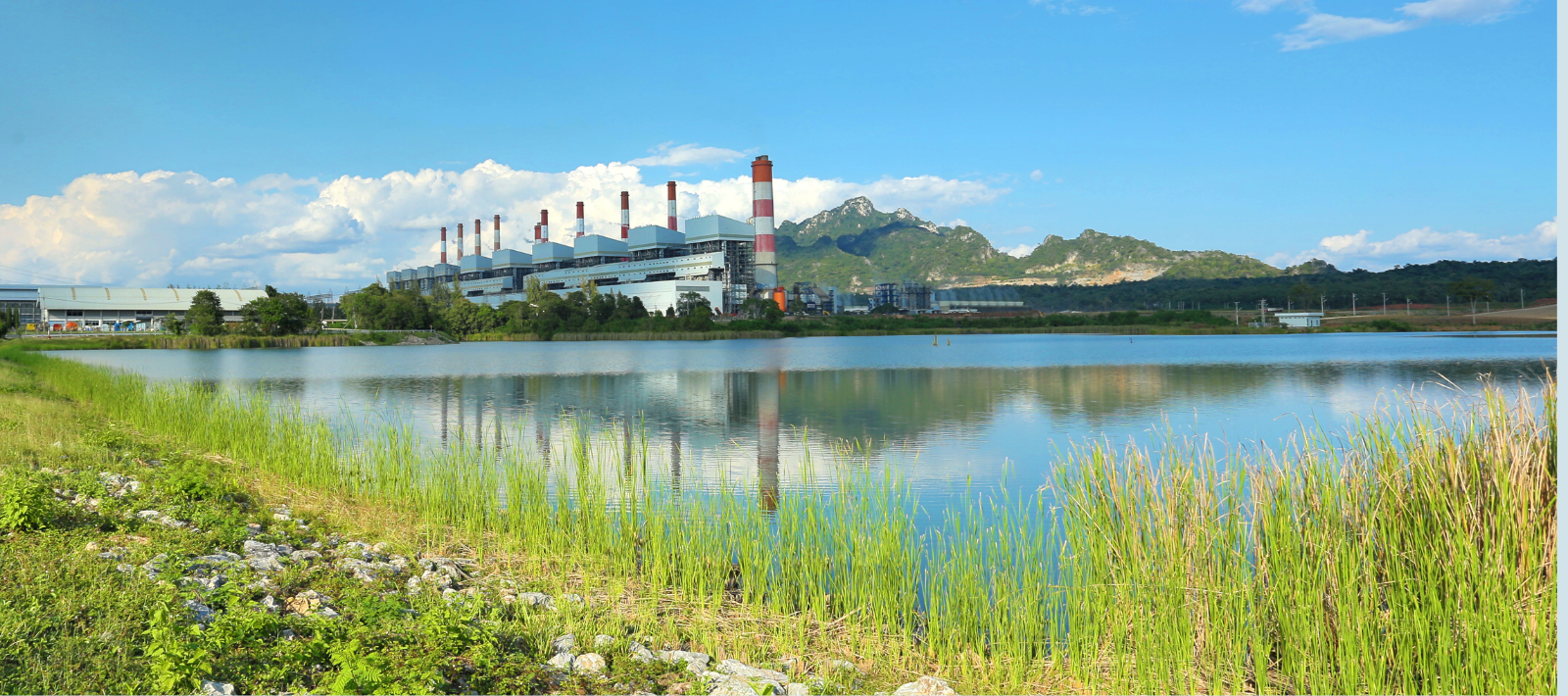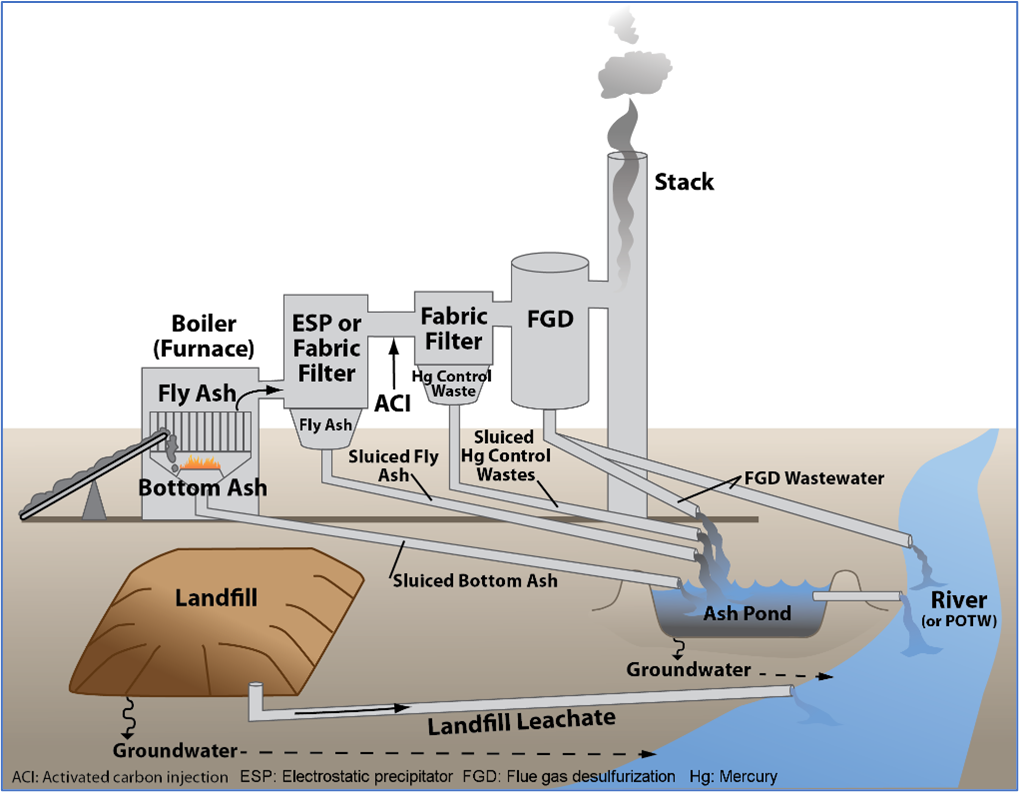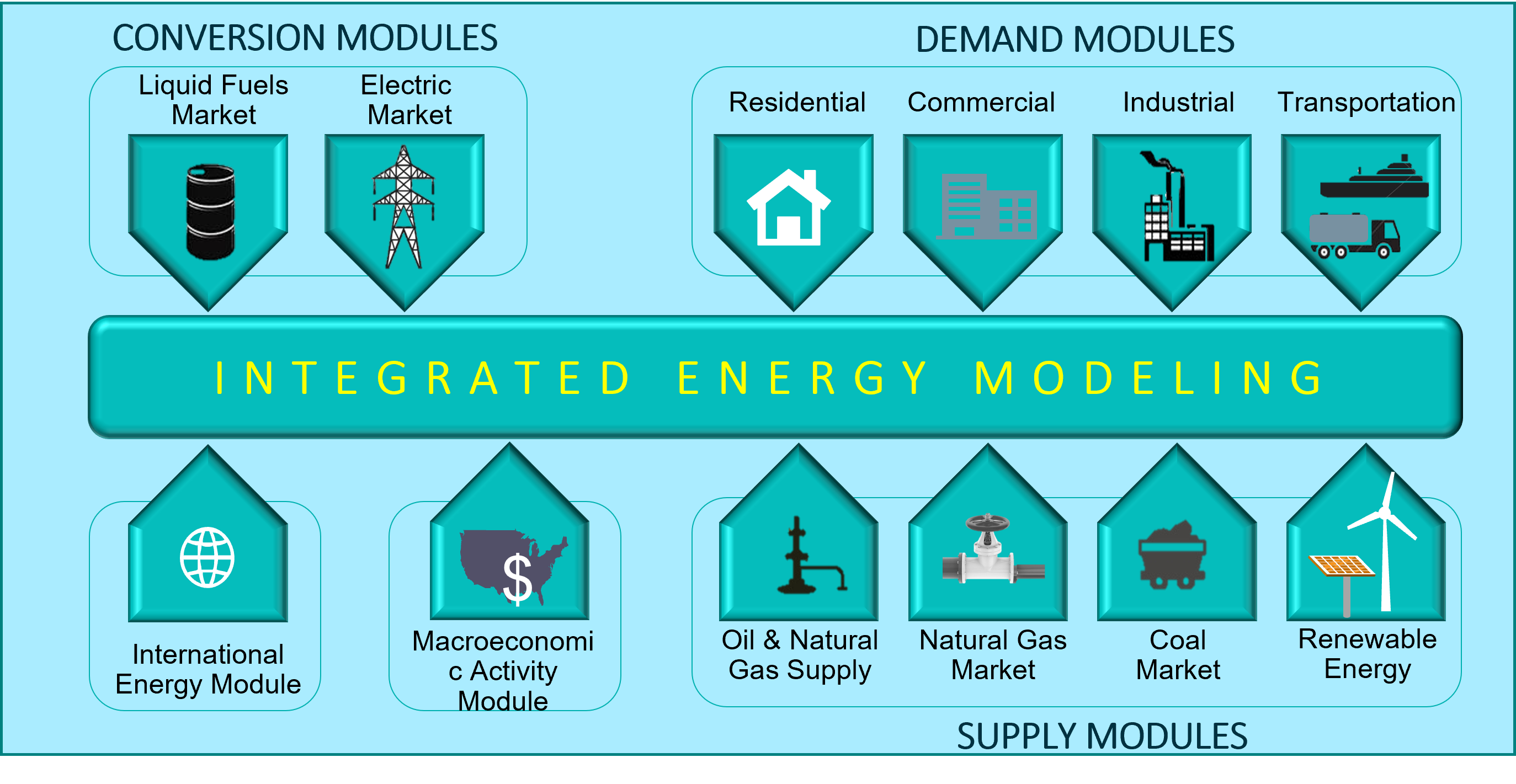
Effluent Guidelines for Coal: The Often-Overlooked Regulations Shaping the Energy Industry
Energy industry decision-makers and analysts have focused on the highest profile Biden Administration initiatives: the Inflation Reduction Act and the Bipartisan Infrastructure Law (aka, the Infrastructure Investment and Jobs Act). Most recently, the Administration proposed tighter-than-expected vehicle emission standards that would dramatically push up sales of zero-emission vehicles; in the case of light-duty cars and trucks, to two-thirds of sales by 2032. But with the focus on the Administration’s biggest actions, other important regulatory actions may, if not lost in the shuffle, receive less attention than they deserve. In this blog post we will focus on one example of a lower-profile rule – effluent guidelines for steam-electric plants – which may accelerate coal plant retirements, plus brief mentions of other upcoming rules. We then explain why modeling can, and should, be used to help industry and policy makers evaluate the impact of federal rules and response strategies.
Effluent Guidelines, Round 3
EPA first promulgated rules controlling wastewater discharges from steam electric plants in the 1970s and early 1980s. The current rounds of regulatory back and forth began in 2015, when EPA substantially modified and tightened the rules to address dissolved heavy metals and other toxic pollutants in power plant wastewater, primarily from coal plants. Ironically, the new rules were triggered in part by the federal government’s success since the 1970s in requiring the power industry to install scrubbers on coal plants to improve air quality. Many of these scrubbers produce wastewater flows that contain mercury and other toxins, a problem that grew in magnitude as scrubbers became more common.
Sources of Wastewater from Coal-Fired Plants

The 2015 rule imposed new discharge limits and technology requirements; unsurprisingly, this was less than popular with elements of industry. In response to requests to revise the rules, in 2020 the EPA under the Trump Administration implemented the Steam Electric Reconsideration Rule (SERR). This rule relaxed the standards for two wastewater flows, from flue gas scrubbers and for bottom ash transport water. The rules contained other provisions to assist industry, such as lower standards for units with an average capacity factor over two years of 10 percent or less.
SERR may have been of some help to the coal-fired power industry. However, the rule has also demonstrated the difficulty in keeping coal plants open when the energy economic headwinds are running so strong, with some operators even claiming that SERR accelerated retirement of their plants. Whatever the pros and cons of SERR, it definitely fell afoul of the Biden Administration’s climate and environmental agenda. One part of that agenda is Executive Order 13990, on Protecting Public Health and the Environment and Restoring Science to Tackle the Climate Crisis. This 2021 order – indicative of its importance, it was issued on the day Biden was inaugurated – includes a requirement for executive agencies to review all rules issued by the Trump Administration that may be “inconsistent with, or present obstacles to” the new Administration’s energy and environmental policies. SERR fell into this net.
Round 3 of the battle over effluent guidelines began with a notice of proposed rulemaking in August 2021, followed by a proposed rule on March 29, 2023, expected to go into effect in 2024. As expected, the proposed revisions to SERR would tighten emission limits. Plant operators will now face zero-discharge limits for all pollutants in flue gas desulfurization and bottom ash transport wastewater flows, and new limits on “combustion residual leachate” (essentially contaminated seepage from power plant impoundments). The proposals also set the stage for future controls on “legacy wastewater,” another category of stored contaminated wastewater. Less stringent requirements that SERR established for high flow and low utilization power plants would be eliminated. Plants must comply by the end of 2029.
While the proposed rule overall turns up the compliance ratchet on coal plants, it also includes some concessions to industry. The final rule also does not mandate the use of specific control technologies, an issue that had stirred some controversy. Plants in compliance with existing standards that commit to retire by 2032 will not have to meet the new rules. And a complementary rulemaking will extend the window during which any plant can be excused from the new standards if they commit to retire in 2028. The opt-in window had closed in October 2021; the new deadline will be June 27, 2023. In summary, the proposed rules confront coal plant owners with new standards, likely higher costs, but also new retirement exit options.
Many More Rules are in the Hopper
Effluent guidelines and the proposed vehicle GHG standards are just two examples of planned environmental rulemakings. Others include:
- Planned reinstatement of the “appropriate and necessary” legal justification for the Mercury and Air Toxics Standards, possibly setting the stage for new requirements at a later date.
- Further tightening of particulate limits, based on a proposal published in late January 2023.
- Also in early 2023, the EPA rejected the ozone transport control plans for 19 states with two more actions pending. This is the latest in a series of EPA actions aimed at establishing new ozone control plans for 26 states.
- EPA is performing a “comprehensive review” of the GHG New Source Performance Standard for fossil power plants (under section 111(b) of the Clean Air Act) and is expected to release a proposed rule in 2023, perhaps this Spring. And, according to press reports (see here and here), EPA will shortly begin the rulemaking process to limit GHG emissions from existing sources under section 111(d), after the Clean Power Plan was rejected by the Supreme Court.
- Also related to Section 111(d), EPA has proposed a rule setting new requirements and tighter deadlines for state emission compliance plan submissions, perhaps increasing the likelihood that in some cases the responsibility for compliance plans will be bumped-up to the federal level.
Finding a Path Through the Maze
Some of the pending regulations discussed above might not be as well-known as the big ticket climate initiatives, but for the targeted industries and facilities the impact may be huge. Accordingly, it is not too early for industry and other interested parties to begin evaluating the potential impacts and to start scoping out how to respond. One problem is uncertainty; the precise shape of the final decisions may not be known for months or years. Another issue is choosing among compliance options. The proposed effluent guidelines pose this issue in stark terms, as plants will have to decide whether to keep operating or select a retirement off ramp.
But this does not mean that the planning problem is insuperable. While a final rule may be uncertain, it is possible to reasonably estimate the potential band of requirements and costs, including the technology options available. These estimates can then be used in a modeling exercise to determine a range of potential outcomes, in terms of changes in such indicators as retirements, operating costs, fuel demand, and energy prices. This provides the basis for preliminary planning and decisions, so that concerned parties will not be caught flat-footed once the shape of the final rule is clear.
National Energy Modeling System (NEMS)

OnLocation provides the analytical tool necessary for this kind of planning under uncertainty with customized versions of the National Energy Modeling System (NEMS), for decades the primary energy market forecasting tool used by the federal government and others. The high level of detail in NEMS makes it possible to examine all the key cost and technology elements of pending regulations, and to explore alternative scenarios that reflect different regulatory paths. For example, NEMS is being used now by DOE and other entities to evaluate decarbonization strategies and outcomes. The same flexibility that allows NEMS to evaluate the wide range of uncertainties that surround carbon policy make it the appropriate tool for measuring the impacts of other regulations where final decisions are pending. Contact us or more information about OnLocation’s integrated energy modeling capabilities.

